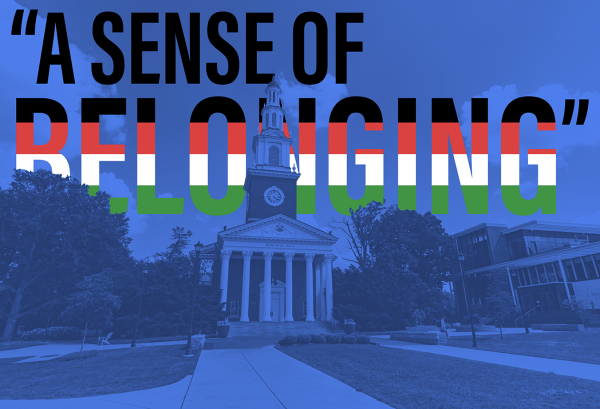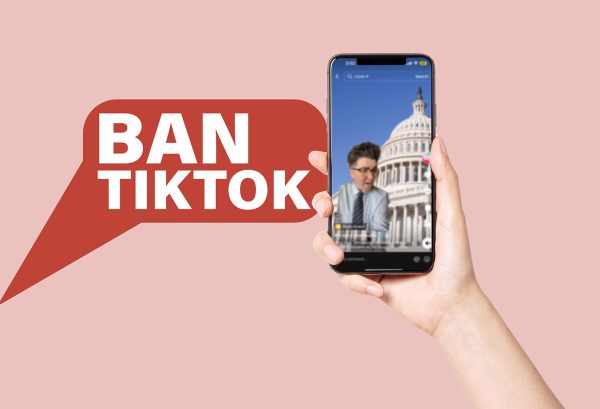Thanksgiving around the world: what will you have?
November 16, 2010
Column by Cassidy Herrington. E-mail [email protected].
This Thanksgiving, nestled somewhere between a generous slice of turkey and a scoop of green bean casserole is one morsel I find difficulty swallowing: guilt.
The guilt seeped into my food as early in my childhood as I can remember. When by belly was filled to maximum capacity and there were still vegetables on my plate, my mother would say, “there are so many people in this world who would love to eat those peas.”
Ashamed, I would scoop the green bites into my snaggle-toothed mouth.
This year, the morsel of guilt has overtaken the platter reserved for the turkey.
While Thanksgiving is a sensory fantasy that entices me to persevere through this week of classes, it is also a somber day on which I am reminded of the faces of the hungry, oppressed and abused of the previous year.
Gulp. Sorry to be the downer.
Given the events since last November, the earthquake in Haiti, the tsunamis in Indonesia, the national 9 percent unemployment rate — to name a meager few, I can’t help but look at a plate of heaping food without evading the guilt corresponding to the thought that at the exact same moment, someone somewhere is starving.
According to the Food and Agriculture Organization of the UN, 925 million people in the world do not have enough to eat — this figure is more than the collective population of the US, Canada and the European Union.
Increasingly, the faces of global hunger are women and children. The World Food Programme notes “although women make up a little over half of the world’s population, they account for 60 percent of the world’s hungry.”
In 2009, UNICEF estimated nearly 146 million children in developing countries are underweight as a result of severe hunger.
NPR reported this summer that 17 million children in the U.S., nearly 20 percent, struggle with hunger.
The worst reality, however, is there is enough food to feed the world’s 6.7 billion people — poorly mismanaged, expiring on shelves or thrown into the trash (This is where my mom’s provocation to “eat your peas” plays in).
Hunger is not a choice (unless it’s a strike); it is a symptom of war, natural disasters, rising food costs, shortage of agricultural infrastructure or the perpetual trap of poverty.
Swallow. I’m not force-feeding the guilt placed on my plate year after year, but this information needs to be internalized. Digest it, and read on.
Obviously, food is the most basic necessity. But do you know why? Because it works. People who are fed are able to produce and sustain the energy to work — you know very well sitting through a lecture on an empty stomach makes focusing challenging. This is the daily reality for millions, but if prevented, it could help populations develop and sustain themselves.
New initiatives to fight the hunger epidemic are underway, such as Obama’s vow to to end childhood hunger by 2015 or Kentucky National Guard troops’ knowledge exchange with Afghan farmers to expand agricultural productivity. The reality is even the small-scale efforts can make a difference.
Rather than helplessly gaze upon marshmallow-studded sweet potatoes and gravy-smothered stuffing with guilt, appreciate the most basic need that millions are without. It is the source of energy to change someone’s life.






















































































































































